These are the 10 hardest languages in the world to master. They each come with their own challenges, from complex grammer to completely different alphabes.
Others are reading now
These are the 10 hardest languages in the world to master. They each come with their own challenges, from complex grammer to completely different alphabes.
1. Mandarin Chinese: The Four-Tone Brain Teaser

Mandarin isn’t just a language, it’s a full-blown mental workout. With thousands of unique characters in its writing system, learning to read and write Mandarin is like memorizing a pictographic dictionary.
Then comes pronunciation: Mandarin uses four distinct tones, and using the wrong one can change “mother” into “horse” or “question” into “curse.” Add in an unfamiliar grammar system with no articles or plurals, and you’ve got a language that confounds even the most diligent learners.
2. Arabic: A Language of Hidden Vowels and Shifting Dialects

Arabic is the linguistic equivalent of navigating a shifting desert. It reads right to left, its letters change shape depending on their position, and vowels often go unmarked turning reading into a guessing game.
Also read
What makes Arabic especially tricky is its array of dialects. Modern Standard Arabic is used in formal settings, but locals often speak wildly different regional versions. Combine that with complex grammar and verb forms, and Arabic earns its reputation as one of the most difficult languages to conquer.
3. Japanese: Three Scripts and a Lesson in Politeness

Japanese is more than just kanji. Learners must also master two phonetic scripts, hiragana and katakana, each with its own rules and uses. The written language alone feels like juggling three alphabets at once.
But the real kicker? Social hierarchy. Japanese places heavy emphasis on politeness and honorifics, which means choosing the right word or phrase depends on who you’re talking to and the setting. One misstep in formality, and you might unintentionally offend someone.
4. Korean: Grammar Gymnastics and Look-Alike Words
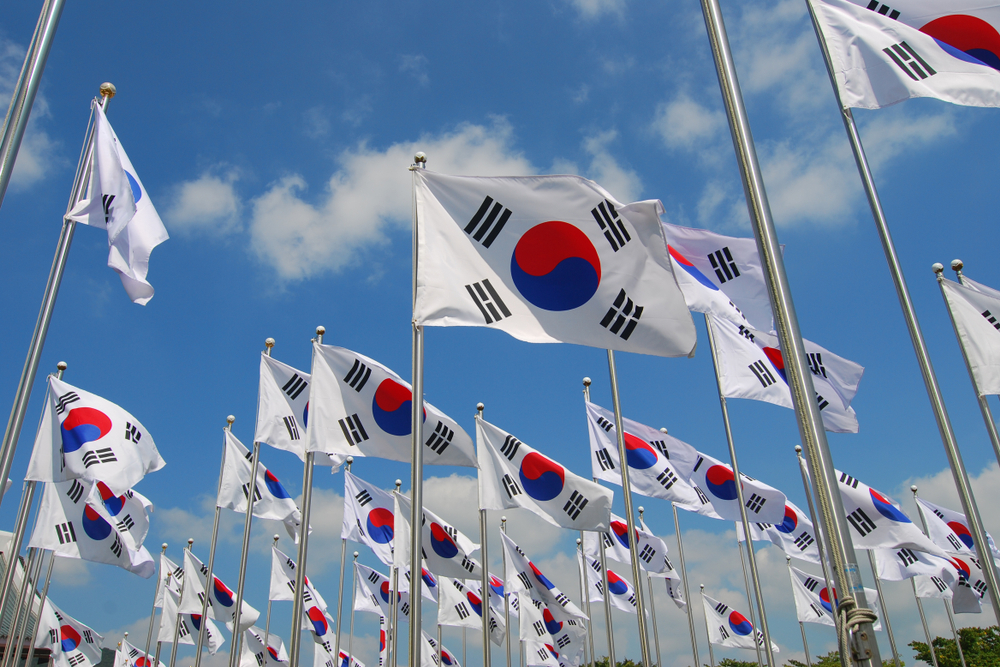
Korean’s Hangul script may look approachable, but don’t let it fool you. Beneath its tidy blocks lies a complex grammar structure full of honorifics, verb endings, and a sentence order that flips English on its head.
What’s more, Korean is loaded with homophones words that sound identical but mean completely different things. Mispronounce one syllable, and “I crossed the bridge” could become “I injured my leg.” It’s a tonal minefield with a politeness puzzle baked in.
5. Finnish: Where Grammar Meets a Vowel Symphony
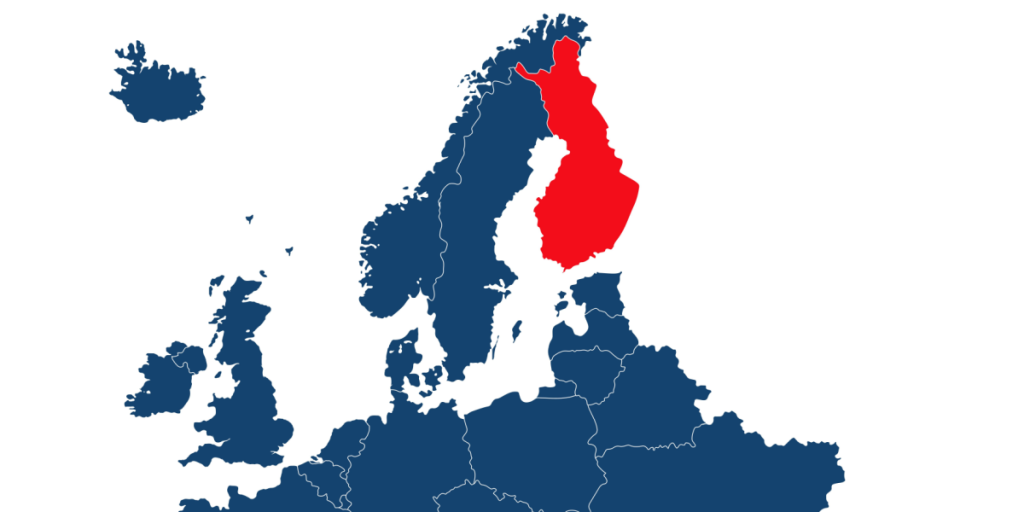
With 15 grammatical cases and a tendency to bolt suffixes onto words like LEGO bricks, Finnish isn’t a language, it’s a logic game. Sentences can stretch into what feels like single words with all the add-ons, and vowel harmony requires an ear for balance.
Consonant gradation adds another layer of difficulty, subtly changing sounds based on context. It’s a beautiful, methodical language, but it will leave your grammar senses spinning.
6. Hungarian: A Maze of Cases and Zero Cognates
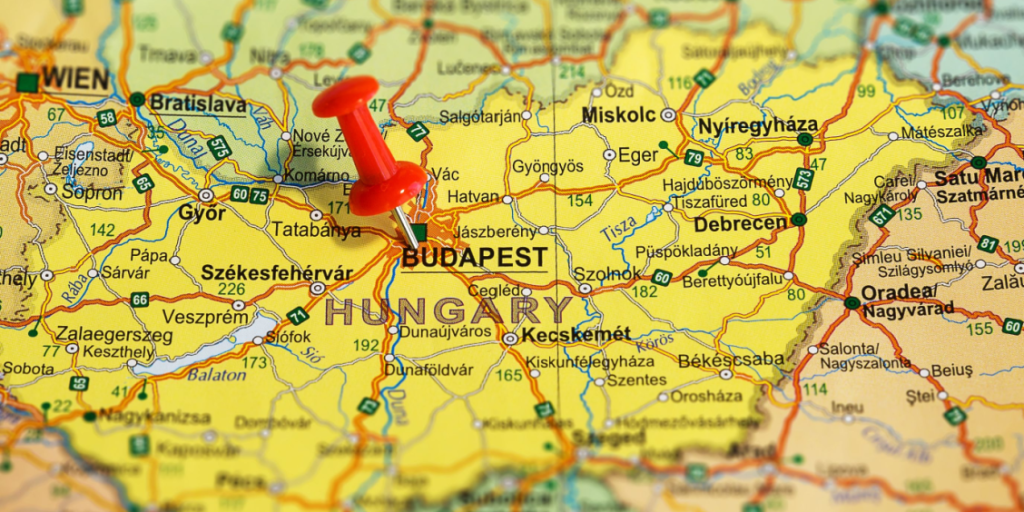
Hungarian delights in being difficult. An agglutinative language, it stacks prefixes and suffixes onto root words with confidence, resulting in long, intricate constructions that defy easy translation.
Its 18 grammatical cases (yes, 18!) make English’s three seem like child’s play. And since it’s unrelated to Indo-European languages, there’s little vocabulary overlap to lean on. Expect to start from linguistic scratch.
7. Basque: Europe’s Linguistic Mystery Box
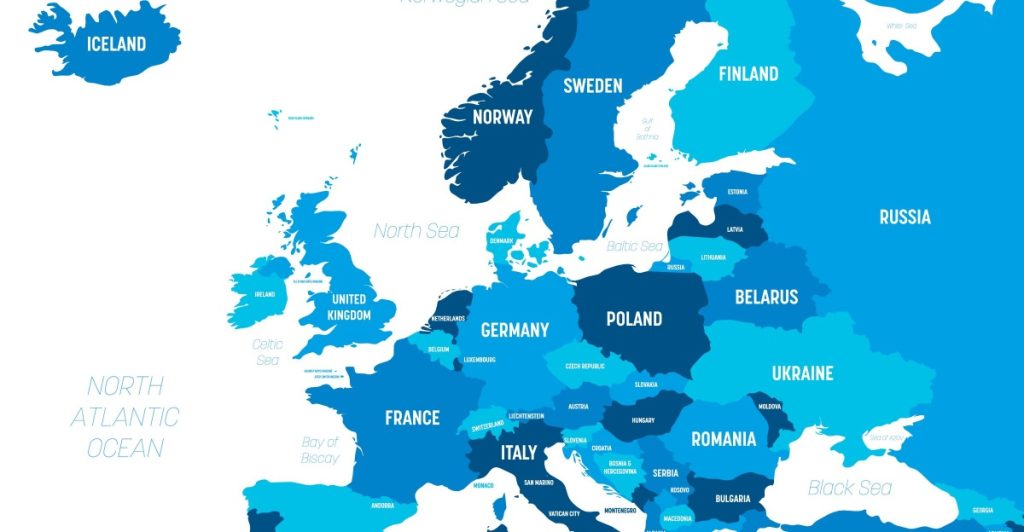
Basque is Europe’s oddball, completely unrelated to any known language family. That means zero familiar vocabulary, zero grammar parallels, and plenty of head-scratching.
Its agglutinative structure means long, compounded words that morph based on grammatical context. Basque pronunciation has its own rules, and the scarcity of resources adds to the challenge. But the reward? Learning one of the most unique tongues on the planet.
8. Icelandic: Old Norse, New Nightmares
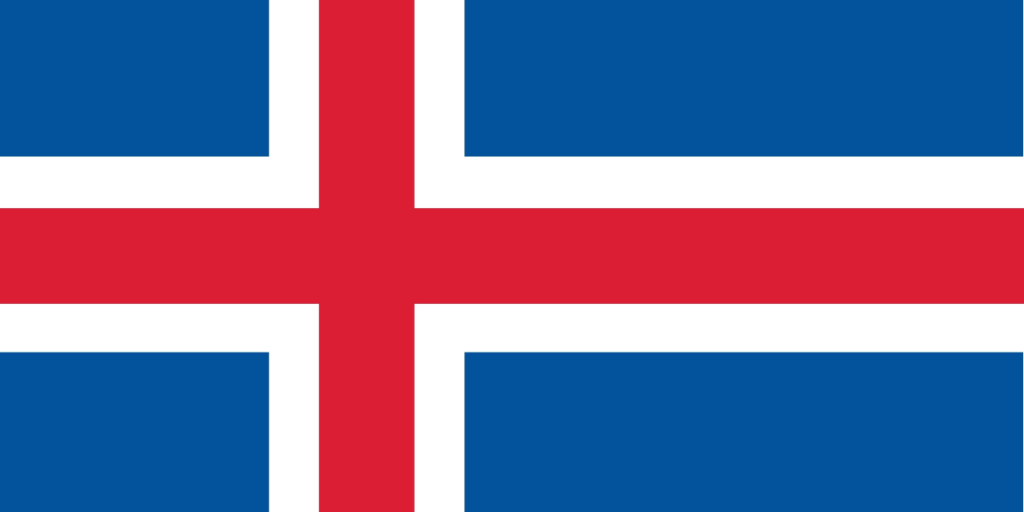
Learning Icelandic is like stepping into a Viking saga. The language has changed little over centuries, which is fascinating, but also complicated. Its vocabulary is rooted in Old Norse, and its grammatical system is robust and demanding.
Nouns, adjectives, and pronouns all follow declension patterns based on gender and case. Irregular verbs abound. And because new Icelandic words are often created from existing ones, understanding the logic behind them is essential.
9. Polish: Where Consonants Clump and Grammar Spins
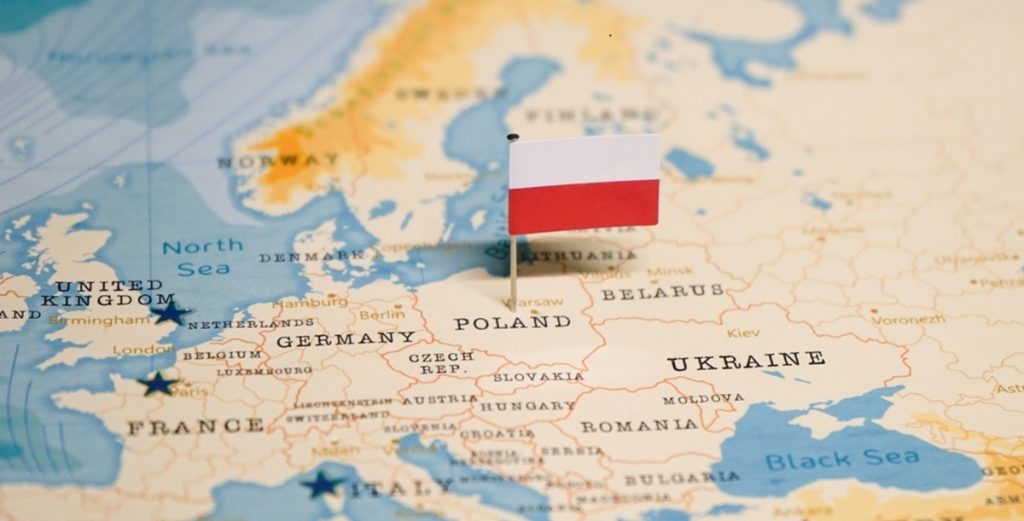
Polish may look like a sea of consonants, and for English speakers, that’s not far from the truth. Its pronunciation is a serious hurdle, with nasal vowels and tricky clusters that feel unnatural to non-native tongues.
Grammatically, Polish demands agility. It has seven cases, multiple verb tenses, and complex rules about inflection. Every sentence is a juggling act, and pronunciation can’t be faked, your tongue has to do some heavy lifting.
10. Navajo: The Language That Baffled WWII Codebreakers

Navajo might be the most unique language on this list. Its grammar builds words from tightly woven combinations of prefixes and suffixes, forming expressions that often require a full sentence to translate.
It’s also tonal, with pitch changes that completely alter meaning. During World War II, the U.S. military used Navajo for secret communication because it was virtually impossible to crack. That legacy speaks volumes: Navajo isn’t just hard, it’s practically unbreakable.


